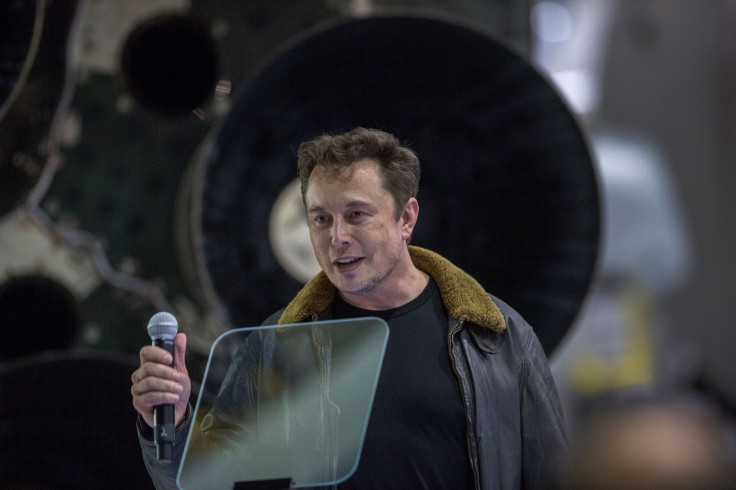Elon Musk’s SpaceX Rocket To Mars Will 'Bleed' Fuel To Cool Off

Elon Musk just hinted at significant changes to the Starship launch system for his SpaceX rocket to Mars that could help “cheapen” flight costs and eventually change the way we see space travel.
The first change, announced last year, is to use stainless steel alloy instead of the usual carbon-fiber materials. The next change is to create a spaceship that will “bleed” rocket fuel to help it cool off and avoid burning up in both the Earth and Mars’ atmospheres.
Plans are definitely underway when it comes to bringing people to outer space, particularly to the Moon and Mars, and with it are Musk’s plans described by Business Insider as both radical and counter-intuitive.
Last year, SpaceX’s plans to use stainless steel alloys made headlines after the billionaire CEO tweeted a photo with the caption “Stainless Steel Starship.” Starship is the name of one of the parts of SpaceX’s launch systems that will carry passengers to space.
The most surprising change, however, based on aerospace experts, is how SpaceX will prevent its rocket from burning up. Instead of the NASA-employed ceramic tiles that shield rockets against extreme heat while going through atmospheric gases, the plan is to let the Starship rocket “bleed” fuel in order for the whole space vehicle to remain cool.
This kind of launch system, however, is described as highly complex and some aerospace engineers are a bit skeptical of the concept and whether or not Musk can pull off his grand plans. For one, compared to NASA’s space launch, SpaceX will be huge, and the changes, along with the conceptualized launch systems could prove to be a problem in the long run.
“Large-scale entry, descent, and landing is something that NASA has been challenged by for decades. We've spent a lot of time and given a lot of thought to how we might do it at Mars,” said Walt Engelund, an aerospace engineer and the director of the Space Technology and Exploration Directorate at NASA Langley.
Engelund shared that a mission of SpaceX magnitude is 100 times more difficult than specific NASA operations like the landing of its Mars rover, Curiosity, on the red planet. He described the Curiosity landing as “arguably one of the hardest things we've ever done at NASA."
© Copyright IBTimes 2025. All rights reserved.





















